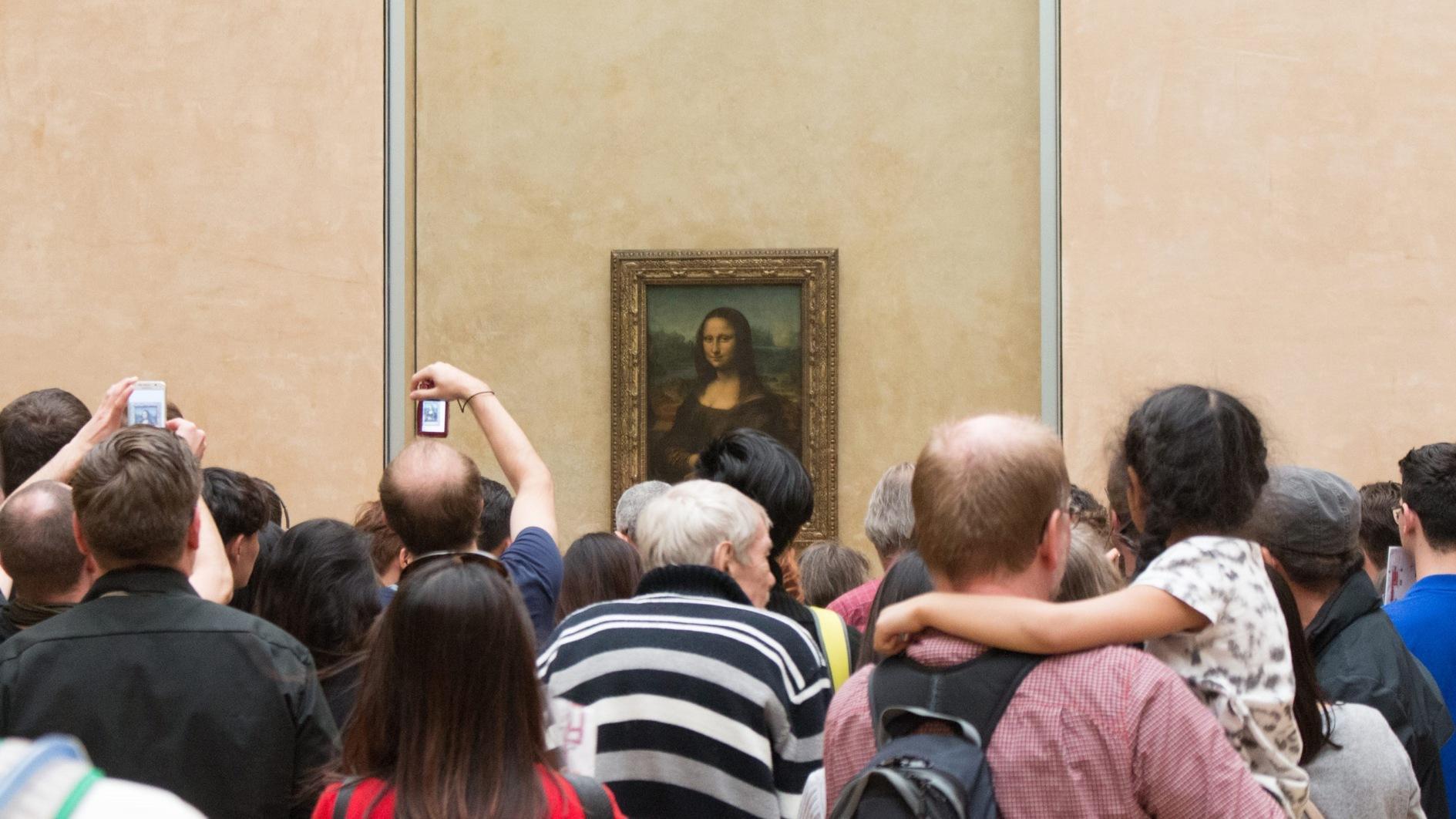
After a prominent archaeologist said he would launch a campaign to bring the Mona Lisa back to Italy, one of the foremost Leonardo da Vinci experts said the painting should, in fact, remain in France.
In an Art Newspaper op-ed last week, Martin Kemp, a British art historian who has written frequently on Leonardo, dismissed the idea that the painting had been taken from Italy by the French, as some Italians have contended across the centuries. “If we are to have a measured discussion of restitution, we need to get the history right,” Kemp wrote.
His op-ed was a response to news from last week, first reported in the Art Newspaper, that Zahi Hawass, a famed and controversial Egyptian archaeologist, had pledged support for Italy should it choose to demand the Mona Lisa‘s return. Hawass said he planned to approach Gennaro Sangiuliano, Italy’s culture minister, about this, reportedly saying, “It has to come back to Italy.”
The Louvre has long exhibited the Mona Lisa in Paris, where it regularly receives masses of visitors, creating a traffic jam in the galleries that remains a problem for the museum. Still, its presence in the Louvre’s hallowed galleries has not always been accepted by everyone.
In 1911, during one of the most notorious art heists of all time, the Italian-born Vincenzo Peruggia stole the painting from the Louvre with plans to return it to his home country. His plan was foiled by the director of the Uffizi Galleries, who told the police of Peruggia’s theft after authenticating the painting.
Peruggia was operating under the assumption that France had stolen the Mona Lisa, one of the most iconic paintings of the Italian Renaissance. But Kemp said this was not the case, noting that although the details around its acquisition remain “tangled,” it is known that the French king Francis I had held the work since at least the mid-16th century. Francis I was a patron to Leonardo, who spent his final years in France.
Kemp said the ordeal raised questions about what nation can say Leonardo is one of their own. “Is Leonardo’s rightful heritage Florentine or Milanese [given that “Italy” was not an entity at this point?]” Kemp asked. “It’s not quite Roman, but there is strong French dimension, and the French have more or less claimed him. Or is the great artist beyond such parochial localizing?”